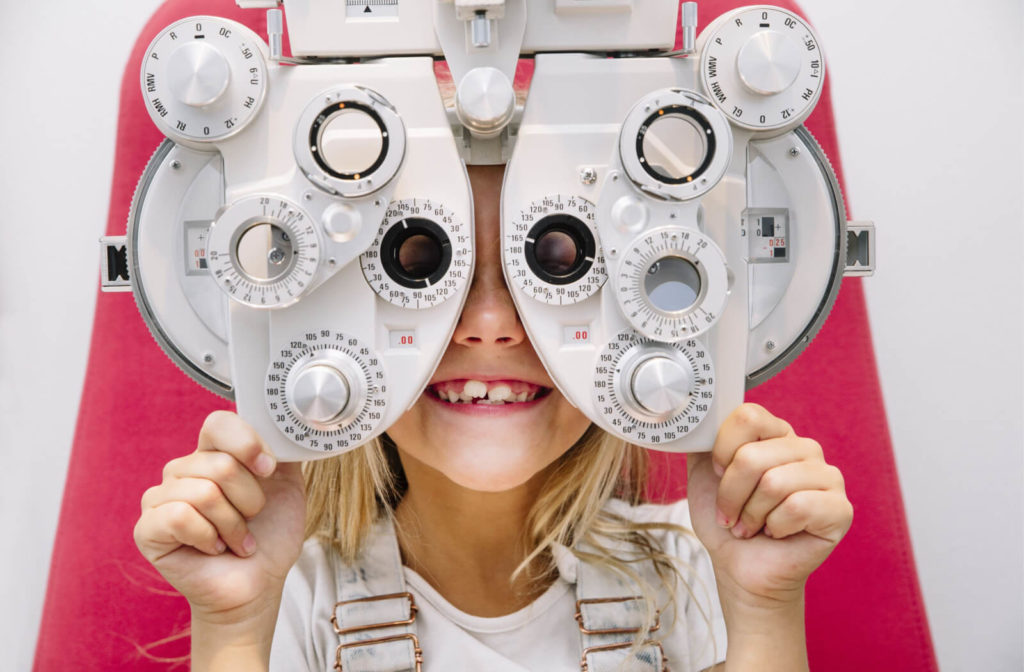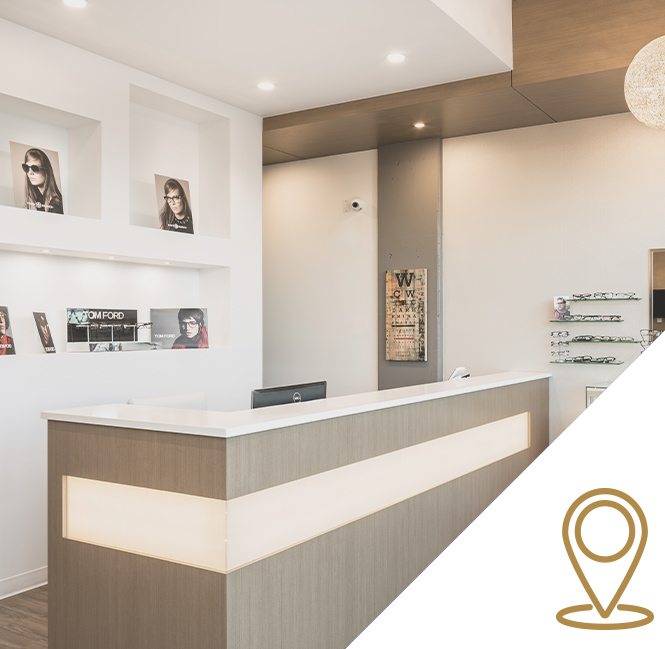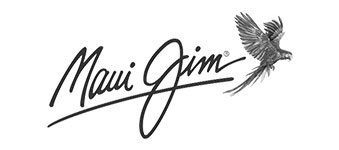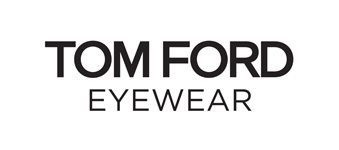Building good vision care habits start at a young age. Scheduling consistent eye exams with your optometrist early can help your children develop good vision care habits that they can carry with them throughout adulthood.
Let’s look at the importance of children’s eye exams, including when your child should have their first eye exam.
Importance of Children’s Eye Exams
Eye exams do more than just determine a prescription for new glasses or contact lenses. Childhood diseases discovered early, such as retinoblastoma and congenital cataracts, improve the child’s prognosis.
Early visual development is important for your children and can contribute positively to other aspects of their lives, such as classroom learning, sports, and computer use. During an eye exam, your optometrist will check for refractive errors such as:
- Myopia (nearsightedness)
- Hyperopia (farsightedness)
- Astigmatism
Children can be nervous when attending an eye exam, but your optometrist will make it a priority to create a comfortable environment by incorporating tests that are painless, easy, and quiet.
Untreated visual issues can negatively affect your child’s development and interfere with learning both inside and outside the classroom.
Untreated vision problems can lead to:
- Frustration with learning
- Learning at a slower rate
- Negative self-image
- Behaviour and discipline problems
Myopia Control
Another aspect of early eye exams is diagnosing and managing the progression of myopia.
Myopia, also known as nearsightedness, is a vision condition that makes distant objects appear blurry. Myopia is a vision condition that can develop gradually or rapidly and often worsens from childhood through adolescence.
Your optometrist can help control the progression of myopia through various methods such as:
- Orthokeratology
- MiSight Contact Lenses
- Atropine Penalization
- MiyoSmart Lenses
Mild myopia can sometimes be difficult to notice, and some symptoms may not be noticeable at all, so getting treatment as soon as possible is essential!
When to Bring Your Children in for an Exam
Early visual development is crucial for your children, and your optometrist can help ensure that development progresses smoothly.
Children’s vision is ever-changing and developing, so consistently monitoring development is essential. The following eye exam frequency is recommended for children:
- First eye exam between 6 and 9 months
- One eye exam between the ages of 2 and 5
- Yearly between the ages of 6 to 18
The vision care partnership begins early so your optometrist can familiarize themselves with your children’s eyes. The right time for an eye exam can depend on various factors, including their age and visual development stage.
During the exam, your optometrist will check for essential visual skills that are important for learning, movement, and coordination, such as:
- Focusing ability
- Eye tracking
- Eye-hand coordination
- Colour vision
- Peripheral vision
Throughout their vision development journey, your optometrist may recommend additional exams based on your child’s unique visual needs. The first eye exam between 6 and 9 months is crucial to determine the appropriate re-evaluation schedule.
Preserving Long-Term Vision
The first eye exam for your children will set them off on their vision care journey. It’s essential to build good vision care habits early to help preserve long-term vision and enjoy healthy, clear vision for years to come. Book an appointment with your optometrist and start your children on their vision care journey today.











